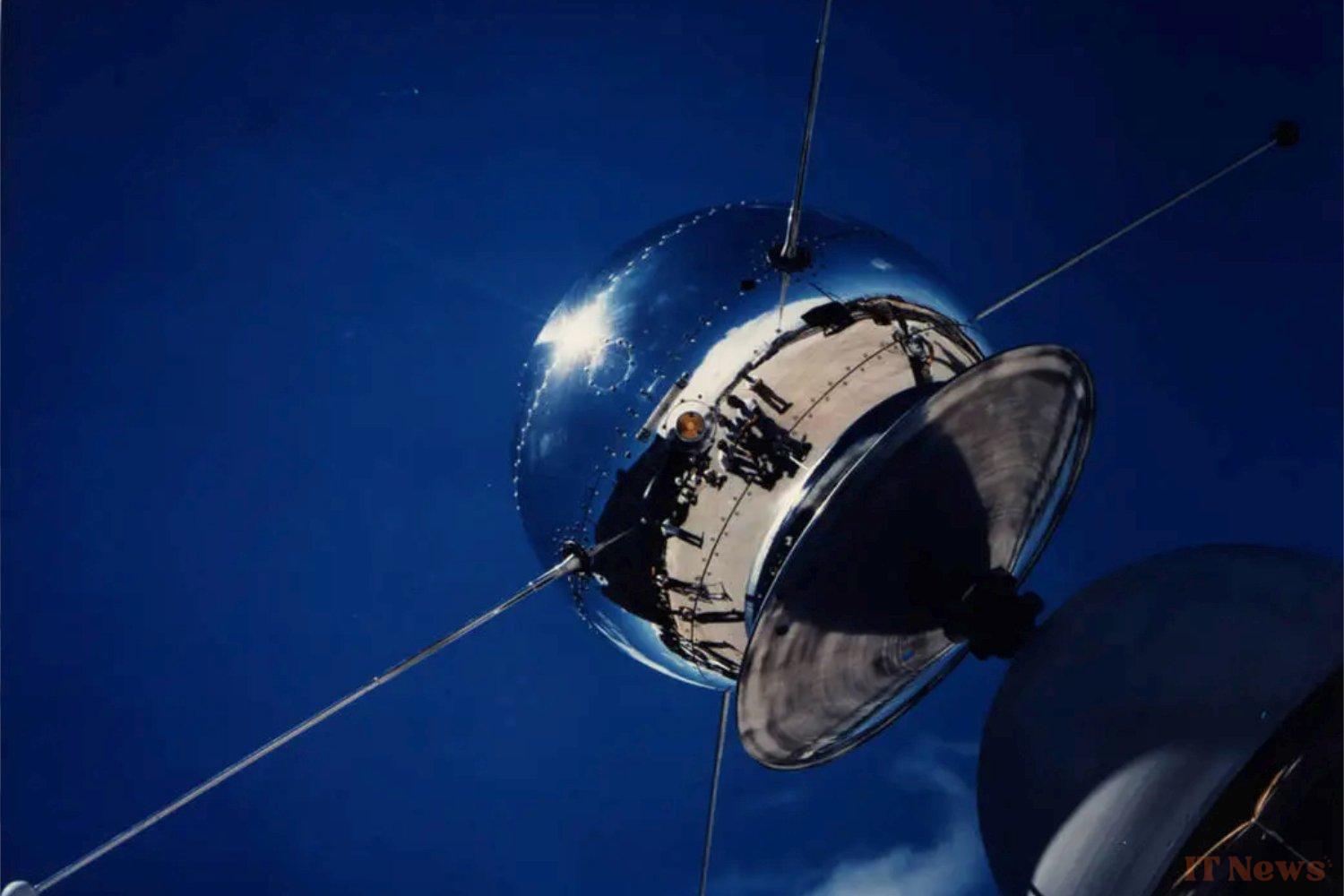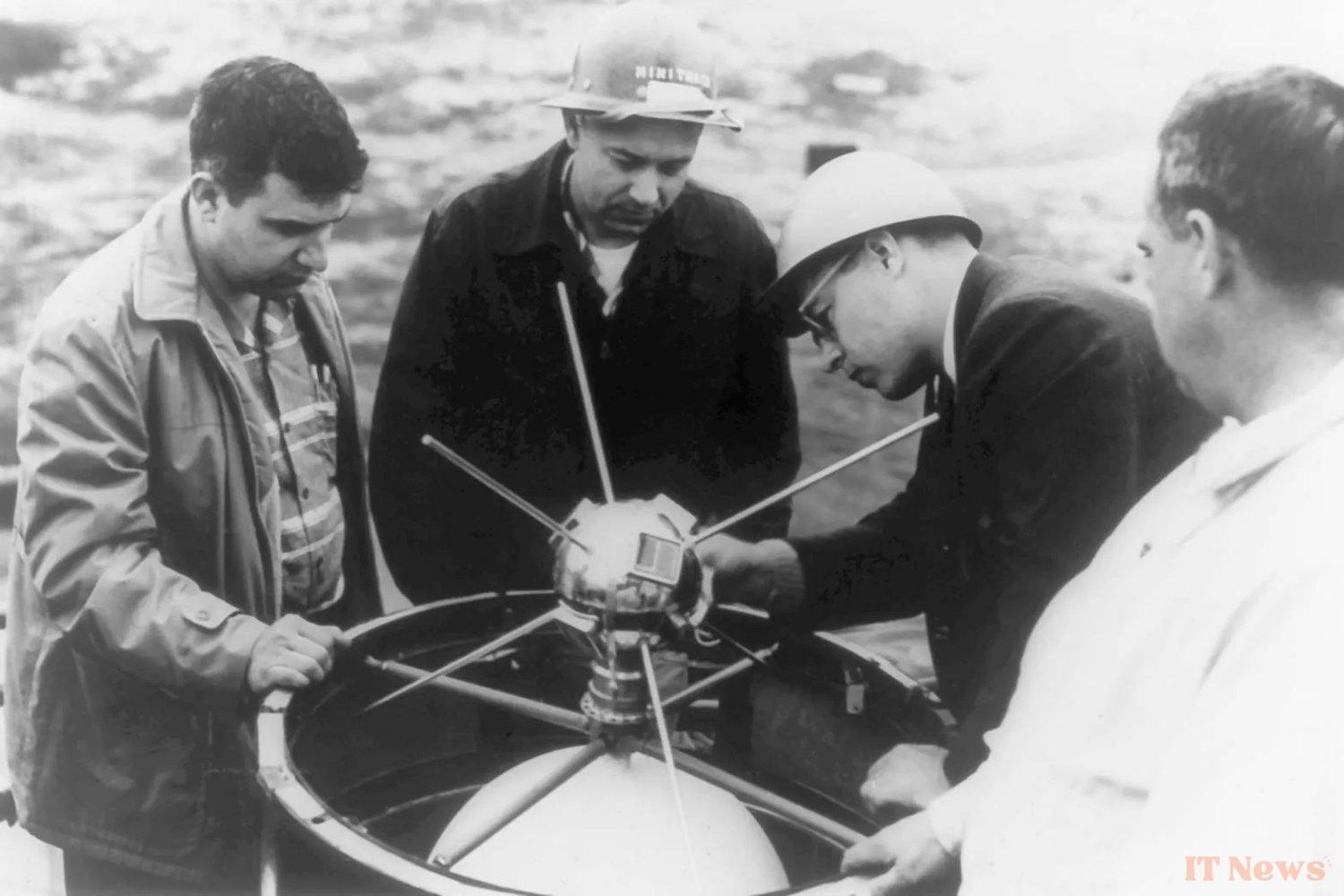In 1957, the Soviet Union launched the world's first artificial satellite, Sputnik 1. A year later, the United States finally matched the milestone with Explorer 1, before Vanguard 1 also reached orbit, becoming the first satellite to generate electricity using six small solar cells. Unlike its comrades, Vanguard 1 never completed its journey. It has persisted around Earth, so much so that 67 years later, here it is still, tireless, although it has been officially extinct since 1964.
Last year, at a science and technology conference sponsored by the American Institute of Aeronautics and Astronautics, a group of engineers and historians raised for the first time the idea of a Vanguard 1 rescue mission, to capture it and bring it back to Earth.
The objective? To study the components and materials of the star that has been exposed the longest to the vacuum of space and to all kinds of radiation. For its part, Sputnik 1 was unable to exceed three months in orbit, and Explorer 1 twelve years. With Vanguard 1, it would be a small part of aerospace history that would be brought back to Earth, and protected from the dangers of space or from disintegration in the Earth's atmosphere.
At this time, we know that the oldest satellite is moving in an elliptical orbit, with a perigee at approximately 660 kilometers, and an apogee at 3822 kilometers. Thanks to this information, and with the help of high-resolution sensors, we could approach Vanguard 1 from a distance, and take pictures for a first examination of its condition. This is, in any case, what Matt Bille, an aerospace research analyst at Booz Allen, is arguing, who recently told Space.com that such an examination would be possible, even if it was still necessary to "see if entities with the necessary capabilities would judge that the interest justifies the investment."
The analyst and his teams have been leading, from Colorado, all research into the scenario of a "rescue" of Vanguard 1. Initially, the satellite will be brought back to low orbit, or even directed towards the International Space Station, while it is still there. If its condition is satisfactory, returning the satellite to Earth could attract capital from philanthropic investors. Space companies could also be interested in demonstrating their space repositioning (orbit change) capabilities, and the opportunity to bring back an object that is "invaluable to the entire American space community."
The example of the Apollo 11 engines, recovered from the Atlantic
In 2013, another recovery mission took place in the United States, under the impetus (and funding) of a certain Jeff Bezos, founder of Amazon and the aerospace company Blue Origin. The latter had the objective of bringing up from the bottom of the Atlantic parts of the engines of the Saturn V rocket used for Apollo 11, the mission of the very first moon landing.
With Vanguard 1, the need for precision will be even greater, as the satellite measures only 15 centimeters, for 1.46 kg. Shaped like an aluminum sphere, the natural star also has a 91 cm long antenna that must be handled with the greatest care.
"For materials engineers and space historians, this would be an unprecedented learning opportunity," said Matt Bille and the study members, who saw it as a unique object of study on radiation and the effects of long-term space exposure on materials. Other artificial celestial bodies would be just as interesting to analyze, but these are in the family of probes, impossible to return to. This is the case for Voyager 1 and 2, the only two to be in interstellar space, after a journey of nearly 50 years.




0 Comments